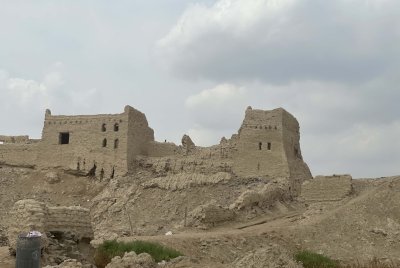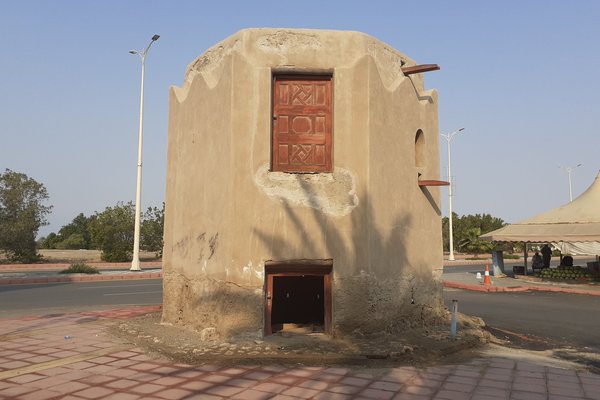Saudi Arabia
Egyptian Hajj Road
The Egyptian Hajj Road is one of the major pilgrimage routes to Makkah, linking Egypt and Sudan with the holy Islamic sites. It was used from the early Islamic to the Ottoman periods. Along the route there were tent camps, palaces and water wells.
Site Info
Official Information
- Full Name
- Egyptian Hajj Road (ID: 6028)
- Country
- Saudi Arabia
- Status
-
On tentative list 2015
Site history
History of Egyptian Hajj Road
- 2015: Added to Tentative List
- Added to tentative list
- Type
- Cultural
- Criteria
Links
- UNESCO
- whc.unesco.org
All Links
UNESCO.org
- whc.unesco.org — whc.unesco.org
Community Information
- Community Category
- Religious structure: Islamic
Travel Information
Recent Connections
News
No news.
Community Reviews
Show full reviews
Another of the serial nominations for three pilgrimage roads to Mecca, and this one actually ends in Mecca, not Medina as Dar Zubaydah and Syrian Hajj road do. Egyptian Hajj road allowed pilgrims not only from Egypt, but also other North and Central African countries and even Sicily, visit the two holy cities. The stops are on the Saudi Red Sea Coast, some a few tens of kilometres inland. They include traditional pilgrim infrastructure such as forts, castles, bridges, reservoirs, mosques, markets, etc. Nomination file says Islamic inscriptions and commemorative writings can be found there. What's interesting, there have been waves of using the road, then it fell into disuse when it was preferable to the pilgrims to sail the Red Sea instead.
We visited sights located about forty kilometres from Yanbu and Rabigh Tower. Al-Swaiq village and Yanbu Al-Nkhel site are both located in the city of Yanbu Al-Nkhel. Unfortunately, there isn't much of way of pointers, so have your map ready and know what to look for. The Al-Swaiq village is quite extensive and very interesting. It used to be a bustling centre and one of the stops of the Egyptian Hajj, there are many houses and the whole village seems to be fortified by an outside wall. It aparently also has a castle, called Suwaiq Castle, though we could not point out which of the sand-coloured ruins it was. The whole site is still being developed and reconstructed to be presentable for the tourists in the …
Keep reading 0 comments
